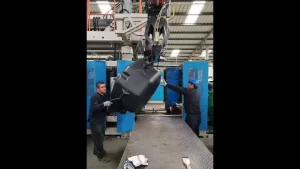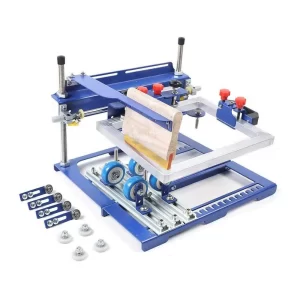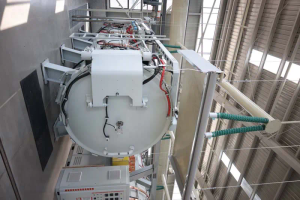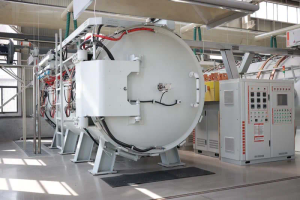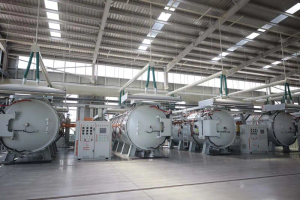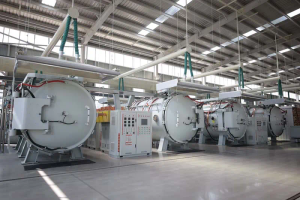The Advantages of Self-Aligning Ball Bearings in Industrial Applications
The Advantages of Self-Aligning Ball Bearings in Industrial Applications
Self-aligning ball bearings are a critical component in a wide range of industrial applications, providing numerous advantages over other types of bearings. Their ability to accommodate misalignment, high speed capabilities, and low friction make them an ideal choice for various machinery and equipment. In this article, we will explore the advantages of self-aligning ball bearings and their significance in industrial settings.
Accommodation of Misalignment
One of the primary advantages of self-aligning ball bearings is their ability to accommodate misalignment. In many industrial applications, there may be unavoidable misalignment due to shaft deflection or mounting errors. Self-aligning ball bearings can compensate for this misalignment, ensuring smooth operation and reduced wear on the bearing and surrounding components. This capability not only extends the service life of the bearing but also minimizes the need for frequent maintenance and adjustments, making it a cost-effective solution for industrial machinery.
![]()
High Speed Capabilities
Another significant advantage of self-aligning ball bearings is their high-speed capabilities. The design of these bearings allows for efficient operation at high speeds, making them suitable for applications where rotational speed is a critical factor. Industries such as automotive, aerospace, and manufacturing rely on the high-speed performance of self-aligning ball bearings to ensure smooth and reliable operation of various equipment and machinery. This capability enhances productivity and efficiency in industrial processes, making self-aligning ball bearings a preferred choice for high-speed applications.
Low Friction and Energy Efficiency
Self-aligning ball bearings are known for their low friction, which contributes to their energy efficiency and reduced operating temperatures. The design of these bearings minimizes frictional resistance, resulting in lower power consumption and heat generation. This not only conserves energy but also contributes to the longevity of the bearing and associated components. In industrial applications where energy efficiency is a priority, such as in electric motors and gearboxes, the use of self-aligning ball bearings can lead to significant cost savings and environmental benefits.
![]()
Durability and Reliability
In addition to their ability to accommodate misalignment and high-speed performance, self-aligning ball bearings offer exceptional durability and reliability. The robust design and construction of these bearings enable them to withstand heavy radial and axial loads, shock loads, and varying operating conditions. This durability ensures the consistent performance of industrial machinery, reducing downtime and maintenance costs. Moreover, the reliable operation of self-aligning ball bearings enhances the safety and stability of equipment, making them an indispensable component in critical industrial applications.
![]()
Application Versatility
Self-aligning ball bearings exhibit versatility in their application across diverse industrial sectors. From mining and construction equipment to agricultural machinery and material handling systems, these bearings play a vital role in ensuring the smooth and efficient operation of various industrial processes. Their ability to adapt to different operating conditions and environments makes them suitable for a wide range of applications, contributing to their widespread usage and significance in the industrial landscape.
In conclusion, the advantages of self-aligning ball bearings, including their ability to accommodate misalignment, high-speed capabilities, low friction, durability, and application versatility, make them indispensable in industrial applications. These bearings not only enhance the performance and reliability of machinery but also contribute to energy efficiency and cost savings. As industries continue to evolve, the demand for self-aligning ball bearings is expected to remain strong, driven by the need for robust and efficient solutions in industrial equipment and machinery.
.webp)

